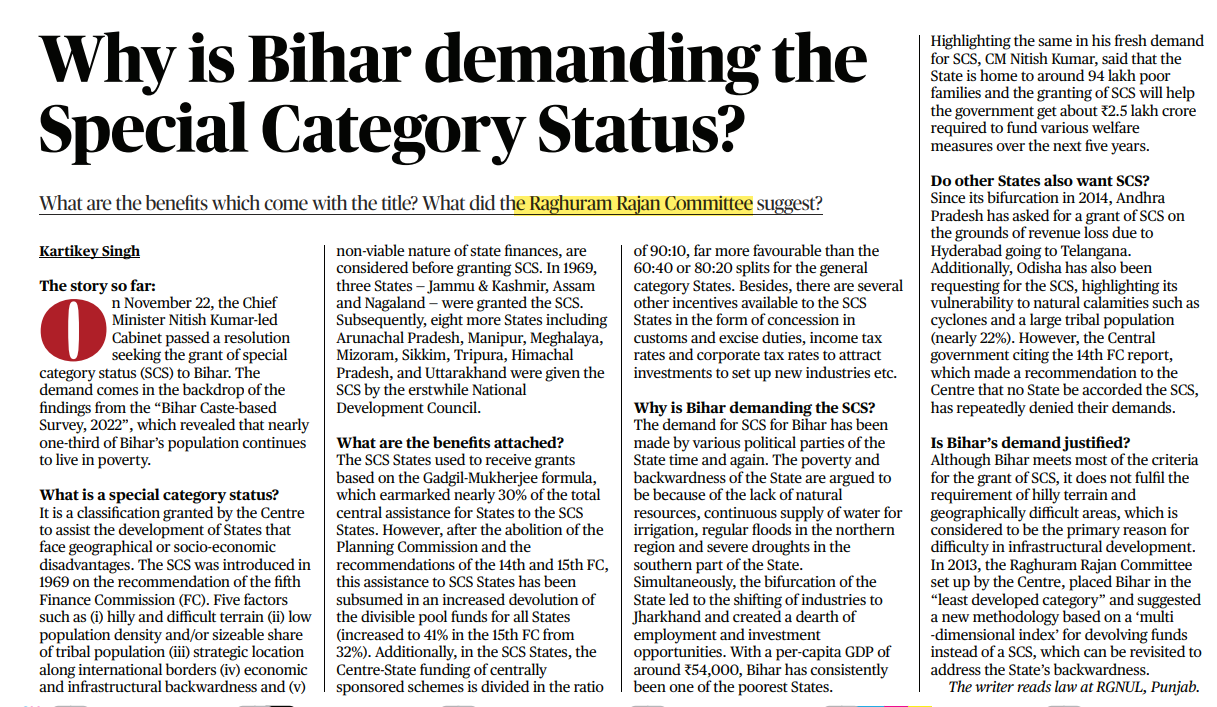Introduction:
The air quality index (AQI) in numerous Indian cities has consistently reached alarming levels, posing severe health hazards to millions. The primary culprits, according to seminal studies, are PM2.5 and PM10 pollution, predominantly stemming from the transport and construction sectors.
Truck Fleet Impact:
- The increase in India’s truck fleet, with approximately 9 lakh new trucks added annually to the existing 70 lakh, contributes significantly to air pollution.
- These trucks, predominantly diesel-powered, not only consume a substantial portion of Indian oil imports but also contribute over 90% of road transport CO2 emissions.
- The surge in the truck fleet is anticipated to persist, necessitating urgent attention.
Electric Vehicle Transition:
- While there has been commendable progress in electrifying rail freight and buses, the transition of trucks to electric remains a challenge.
- Electric vehicle penetration on roads has crossed 6%, but barriers such as upfront costs and charging infrastructure constraints hinder the adoption of electric trucks.
- The focus must extend beyond buses to address diesel trucks and dust mitigation, crucial sources of PM pollution.
Urgency and Solutions:
- Given the urgency of the situation, swift deployment of solutions is imperative.
- The recent demand for 7,750 e-trucks by 2030, if met, could save over 800 billion liters of diesel till 2050.
- However, with the truck fleet projected to reach 1.7 crore in 2050, there’s a pressing need to accelerate the transition to e-trucks.
- Public funding alone is insufficient, necessitating structured projects attracting private and institutional capital.
Challenges and Solutions for E-Trucks:
- Despite achieving over 50% electric vehicle penetration in three-wheelers, challenges persist in truck electrification.
- The upfront cost of mid-range electric trucks is significantly higher than diesel trucks, presenting a major hurdle.
- Additionally, charging logistics need addressing to facilitate the widespread adoption of e-trucks.
Green Freight Corridors:
- Designating expressways and national highways as green freight corridors could have a significant impact.
- This approach requires accelerated feasibility studies, demand aggregation, supplier readiness, and a well-thought-out risk allocation strategy.
- Green freight corridors, initially implemented in high-traffic stretches, could benefit from innovative financial instruments, incentivization of charging infrastructure, and a supportive regulatory environment.
Call to Action:
- The urgency of the situation demands concerted efforts to address air pollution.
- To breathe fresh life into cities, there’s a need for a rapid transition to e-trucks, with a focus on overcoming financial barriers, incentivizing charging infrastructure, and establishing green freight corridors.
The collective action of public and private sectors is crucial to achieving a sustainable and breathable urban environment.
Introduction
The Mumbai 26/11 terror attacks demonstrated unprecedented innovation comparable to the 9/11 attacks on the US. While 9/11 introduced the use of passenger airplanes as weapons, Mumbai attacks showcased live operational control from foreign soil, marking a significant shift in terrorist tactics.
Utilization of Media and Technology
- During 26/11, terrorist handlers skillfully exploited the target country’s free electronic media to enhance panic and live feedback.
- Indian media’s minute-to-minute coverage served as a barometer for gauging the impact on the public psyche, allowing Pakistani handlers to calibrate attacks using ground-level terrorists’ cell phones.
Simultaneous Attacks and New Communication Tactics
- Simultaneous attacks on multiple targets, confusing both the Mumbai police and public, mirrored the impact of the 9/11 attacks.
- The use of Voice Over Internet Protocol (VOIP) and foreign cell phone numbers for communication represented a novel feature in major urban terrorism history.
Global Impact and Comparison with 9/11
- The Mumbai attacks, akin to 9/11, induced panic globally, particularly in the US.
- The US Department of Homeland Security perceived 26/11 as a potential rehearsal for a similar attack on the US, given the alignment of Lashkar-e-Taiba (LeT) with al-Qaeda.
International Response and Homeland Security Considerations
- The US Senate Homeland Security Committee’s early inquiry and subsequent hearings highlighted the need for reworking counter-terrorism methodologies, including managing panic in a free media environment and disrupting communication networks without compromising freedom.
- The prolonged duration of the 26/11 attacks necessitated a reevaluation of force deployment strategies in urban areas.
Criticisms and Humiliation
- The Mumbai attacks resulted in severe criticism, with international experts ridiculing Indian police, intelligence organizations, and paramilitary groups.
- The failures were underscored by the delayed arrival of army columns, naval commandos, and elite National Security Guards.
Inquiries and Alert Controversies
- The 26/11 High-Level Committee expressed shock over contradictory statements from top officials regarding prior alerts.
- Despite evidence of 26 alerts between 2006 and 2008, the highest Home Department official claimed no prior alert was received, raising questions about accountability and coordination.
Recommendations and Preventive Measures
- The committee made 27 recommendations, emphasizing intelligence processing, communication improvements, and the importance of Open-Source Intelligence (OSI) to establish an effective preventive architecture.
- The need for joint meetings among police, Navy, and Coast Guards for coastal protection was highlighted.
Missed Warning Signs
- The report revealed missed warning signs, including TV broadcasts in 2006 and 2007, coupled with secret intelligence alerts, that could have forewarned about the impending calamity.
- Similar attacks in Kabul and Islamabad added to the list of indicators.
Conclusion
The Mumbai 26/11 terror attacks were not only a tragic event in India’s history but also a catalyst for reevaluating global counter-terrorism strategies and preparedness.





